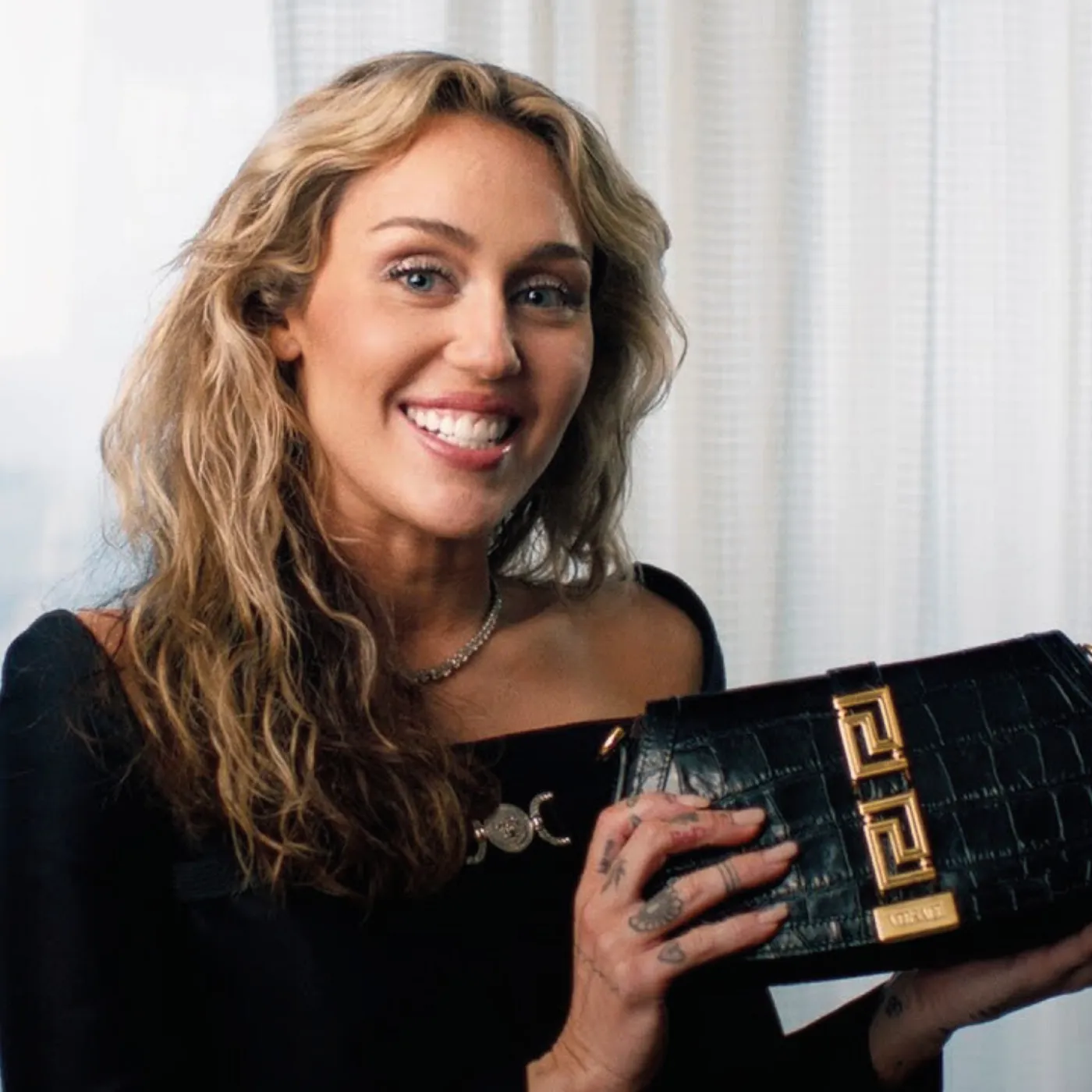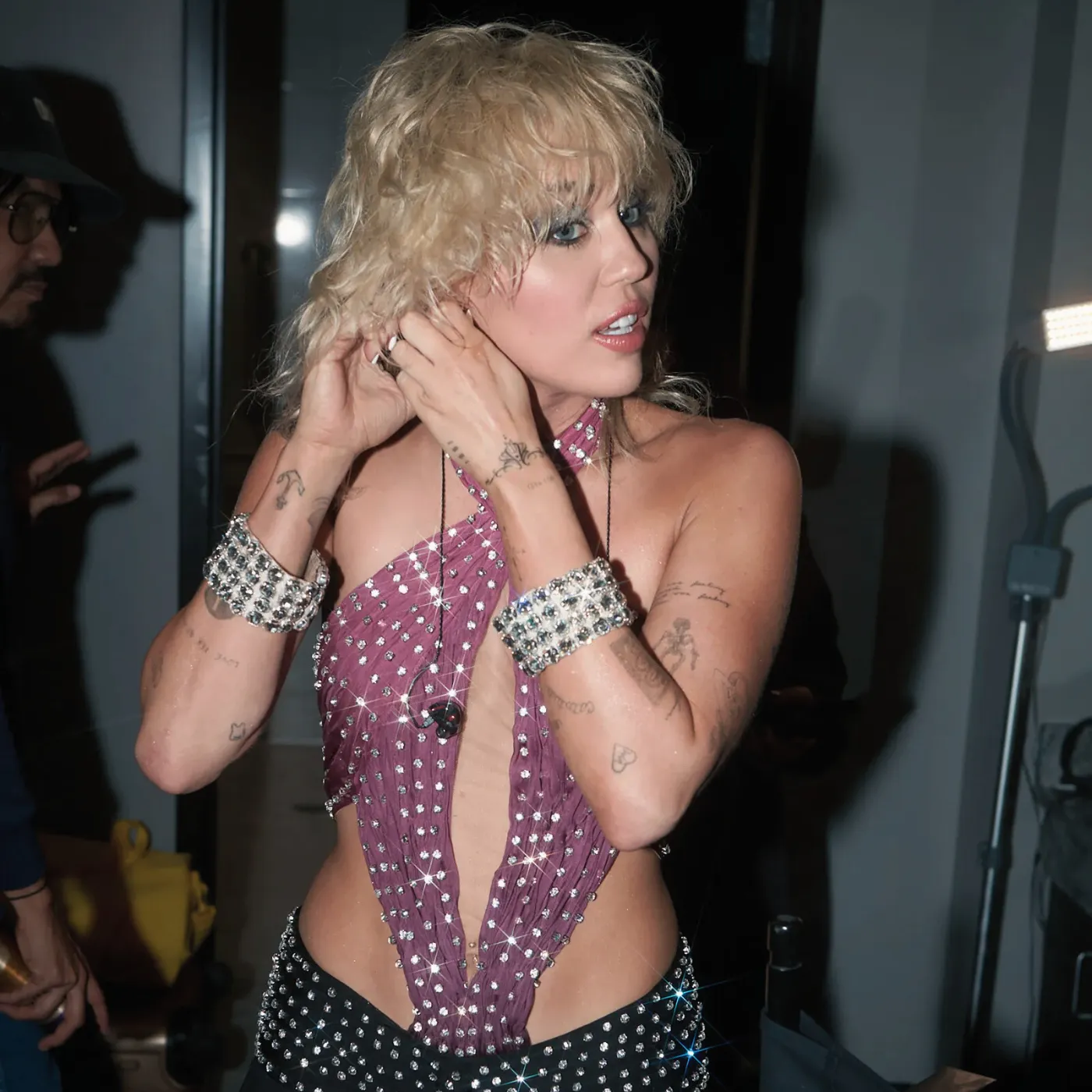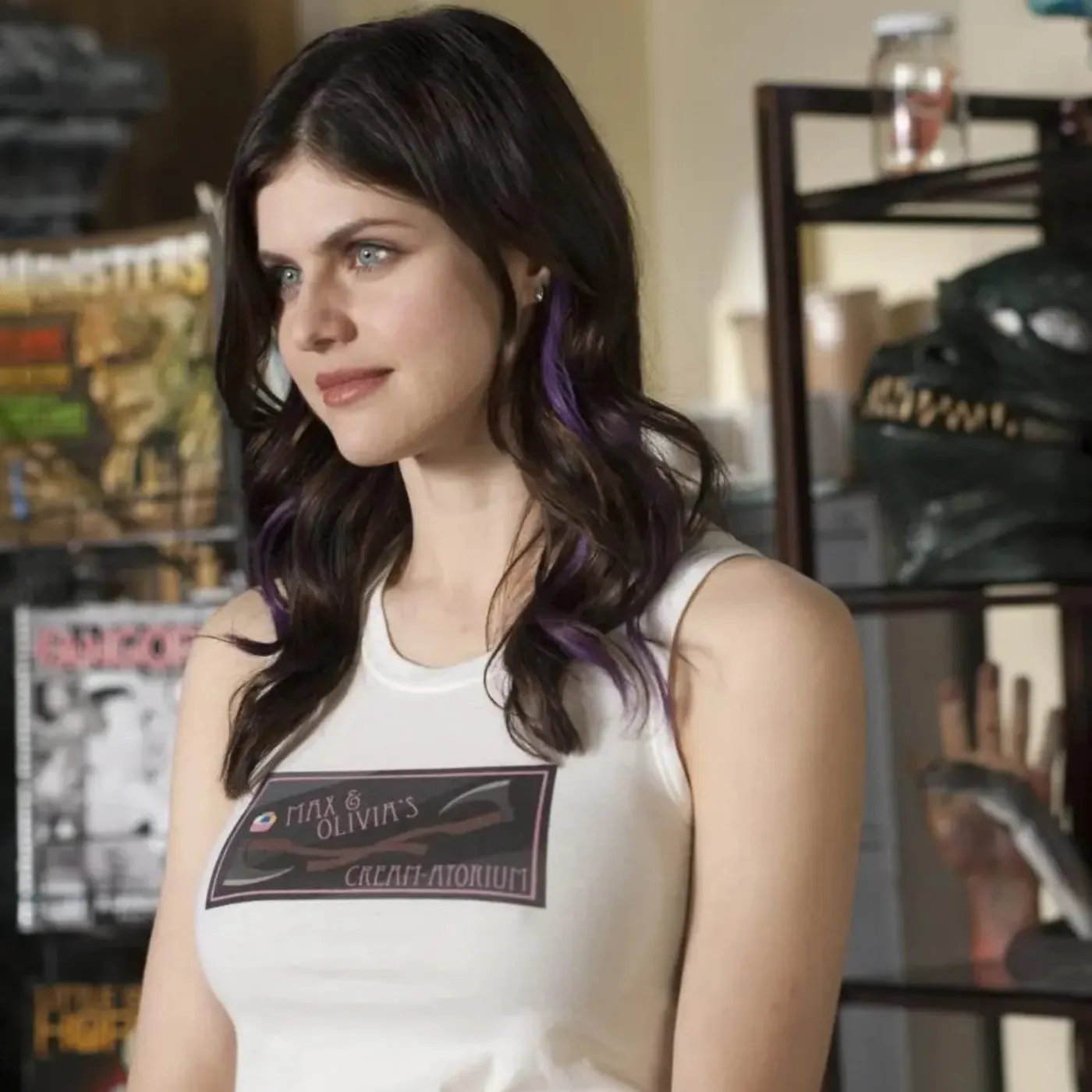

Miley Cyrus’s Mugler Looks Are Why Fashion Insiders Are Still Talking in Whispers
When Miley Cyrus steps onto any stage or red carpet, the world doesn’t just watch—they react, they debate, they obsess. But when she stepped out draped in the architectural, hyper-futuristic, and aggressively theatrical pieces from the iconic Mugler archive, the reaction wasn’t merely admiration—it was a cultural detonation. Those looks didn’t whisper fashion; they screamed transformation, dominance, and raw chaos. Behind those statements was an unsung hero of modern celebrity fashion, stylist Bradley Kenneth, the quiet commander behind Miley’s most audacious style rebellion yet.

Miley Cyrus isn’t wearing Mugler. She’s weaponizing it.
This wasn’t just a fashion moment; it was a perfectly executed ambush on the norms of celebrity style, a middle finger to the safe, the polished, and the curated aesthetics we’ve all grown numb to. Miley’s Mugler looks didn’t ask for permission—they forced the world to confront them. This was the styling equivalent of a Trojan horse, where every look carried a payload of controversy, nostalgia, and disruption.
Behind the glitter and Instagram-friendly poses was a carefully orchestrated war room. Kenneth and his team didn’t just select Mugler looks for their aesthetic—they plotted them as visual weapons designed to hijack algorithms, flood the feeds, and make Miley the center of every conversation, whether people loved it or hated it. Miley’s Mugler moments were designed as a declaration of independence from the stale red-carpet formula and an invasion into the unpredictable, the divisive, and the unforgettable.
Bradley Kenneth’s approach was unapologetically high-risk, high-reward.
He knew that archival Mugler isn’t for the faint of heart. These were not off-the-rack gowns designed for effortless glamour. These were battle-hardened, vintage works of art, built for icons willing to suffer for the statement. Sourcing these pieces wasn’t as simple as browsing a designer showroom. It required Kenneth to go deep into the underground world of fashion collectors, chasing down obscure leads, entering private vaults in Paris, and negotiating for pieces that hadn’t seen the light of day in decades.
But the risk didn’t stop at acquisition. The real gamble came when Miley slipped into those corseted, skin-tight, structure-defying creations. Vintage Mugler is notorious for its fragility and intolerance to error. Under the scorching lights of the stage, these pieces could crumble, rip, or disintegrate if not handled with near-military precision. Kenneth’s team crafted custom underlayers, reinforced aging seams, and designed contingency plans for wardrobe malfunctions that could have turned a moment of triumph into a meme of disaster.
Yet, even with all that preparation, there was an appetite for chaos. Kenneth didn’t want the looks to feel perfect. He wanted them to feel dangerous, alive, and one step away from implosion. That’s the Miley effect. She doesn’t just wear couture—she bends it to her will, dares it to break, and makes it sweat under the pressure of her performance. In these Mugler pieces, Miley wasn’t just an artist—she was a storm in heels.
The message these looks carried was clear: Miley Cyrus is not interested in approval. She thrives on disruption.
Every piece of Mugler she wore wasn’t just a callback to Thierry Mugler’s golden era; it was a message to the modern fashion industry that Miley is the one rewriting the rules now. She took archive pieces and injected them with a violent modern energy that made them feel less like museum pieces and more like weapons of pop culture destruction.
It’s worth noting that this strategy wasn’t just about aesthetics—it was about commanding attention in a digital landscape that punishes the boring and rewards the bold. Miley’s Mugler looks weren’t tailored for Vogue spreads—they were built for the social media battlefield. The dramatic silhouettes, the sheer cutouts, and the sharp corsets—they were all calculated moves designed to trigger debates, flood hashtags, and feed the insatiable beast that is viral culture.
This wasn’t fashion for the insiders—it was fashion for the masses to gasp at, argue over, and immortalize in memes, reaction GIFs, and hot takes.

And the team knew it. According to insiders, Kenneth and his crew storyboarded potential reactions, predicting the chatter each look would spark. They didn’t just style looks—they staged cultural landmines.
But while the world was frothing over Miley’s Mugler parade, what the cameras didn’t capture was the battlefield backstage. Sources close to the production reveal that tensions ran high, tempers flared, and at least one Mugler look nearly got scrapped due to last-minute fit issues. There were screaming matches between assistants, rumors of certain looks being cut with scissors in moments of crisis, and even whispered reports of Miley herself stepping in to demand changes when she felt the energy wasn’t chaotic enough.
This behind-the-scenes volatility wasn’t a failure—it was part of the alchemy.
Bradley Kenneth understood that the best fashion moments are born from friction, from discomfort, from that razor-thin line between disaster and masterpiece. And Miley, ever the provocateur, thrived in that space.
The choice to drape Miley in these specific Mugler archive pieces was not random.
Mugler’s aesthetic legacy is one of power, dominance, and alien beauty—an aesthetic language Miley speaks fluently. These weren’t gowns—they were armor, exoskeletons that allowed Miley to project the version of herself that thrives on discomfort, that stares directly into the camera and dares you to flinch.
For Miley Cyrus, wearing Mugler wasn’t cosplay—it was autobiography. It was about reclaiming narratives, turning past critiques into present weapons. The sheer, aggressive lines of Mugler allowed her to visually rewrite her story from former child star to unapologetic, battle-scarred survivor of fame’s darkest alleys. She wasn’t just dressed for the moment—she was dressed for revenge.
Fashion insiders will whisper for years about the chaos, the audacity, and the tightrope walk of risk these Mugler moments represented.
And that’s precisely the legacy Kenneth and Cyrus wanted. They weren’t aiming for applause—they were aiming for echoes that would haunt the industry long after the hashtags moved on.
In the aftermath, fashion editors tried to dissect the looks, critics scrambled to find fault, and fans flooded the internet with both worship and outrage. But the truth remains that Miley’s Mugler moments weren’t meant for neat fashion discourse—they were meant to detonate expectations and force the world to reckon with a version of celebrity styling that doesn’t beg for acceptance. It demands submission.
Months later, the ripples are still visible. Mugler has re-entered the pop culture zeitgeist with fresh vigor. Young fans who didn’t know the name Thierry Mugler are now posting his archive pieces all over TikTok and Instagram, rediscovering the designer through the lens of Miley’s rebellion. That is the true genius of what Kenneth and Cyrus achieved—they didn’t just revive Mugler; they rebranded it as a symbol of generational defiance.

In the end, Miley Cyrus and Bradley Kenneth didn’t just pull off archive Mugler looks—they transformed them into milestones of cultural resistance.
They reminded the world that in an era of safety and sameness, the only currency that matters is chaos, and they spent it like royalty.



















Post Comment